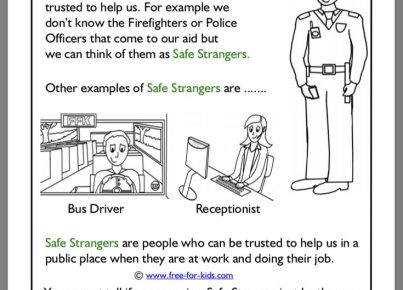Introduction:
Group punishments have been a prevailing method employed by educators for years as a form of disciplinary action. However, as the modern world continues to develop and our understanding of effective educational strategies evolves, it’s time to reevaluate the logic behind group punishments in schools and seek alternative methods that better cater to individual student needs.
The Problem With Group Punishments:
Group punishments involve punishing an entire group of students for the misbehavior of a few individuals. While the intent behind this approach could be to promote collective responsibility, there are several issues associated with it.
1. Unfair Method of Discipline: Applying punishments collectively often results in innocent students being subjected to unfair treatment because of others’ actions. This creates a sense of injustice among students and can foster resentment towards both their peers and the system.
2. Doesn’t Address Individual Needs: A one-size-fits-all punishment fails to account for each student’s unique circumstances and underlying reasons for misbehavior. This lack of personalization prevents educators from effectively addressing the root causes of misconduct and leads to repetitive occurrences.
3. Reinforces Negative Group Dynamics: Instead of fostering a sense of camaraderie, group punishments can exacerbate existing tensions within groups, making it challenging for students to identify with their classmates positively.
4. Stifle Communication: Fear of retaliation from peers may deter students from reporting instances of bullying, peer pressure, or other forms of misconduct due to concerns about triggering collective punishments.
Alternatives To Group Punishments:
Acknowledging these associated issues, educators should look towards alternative disciplinary methods that cater more effectively to individual students’ needs and promote open communication channels.
1. Individual Consequences: Rather than a blanket punishment, employing individual consequences ensures fairness by directing attention towards those who engage in misconduct without penalizing those not involved directly.
2. Restorative Justice: Focus on repairing harm through dialogue and collaborative problem-solving techniques, this approach encourages students to take tangible steps towards correcting their actions and addressing the implications of their choices.
3. Positive Reinforcement: Encourage and reward good behavior instead of solely punishing misbehavior, which helps foster an environment of positivity and ensures that students actively engage in appropriate actions.
4. Clear Expectations and Communication: Set clear expectations for behavior from the outset, regularly communicate these expectations to ensure students understand what is expected of them, and create open channels of communication to address concerns or grievances effectively.
Conclusion:
In conclusion, group punishments may appear to be a quick-fix solution at hand; however, they are often inefficient and unfair in addressing individual student’s needs. It’s time for educators to embrace alternate methods that promote fairness, inspire responsible behavior, and encourage a positive learning environment. By reevaluating disciplinary approaches in schools, we can work towards creating an environment where every student feels adequately supported and valued.




